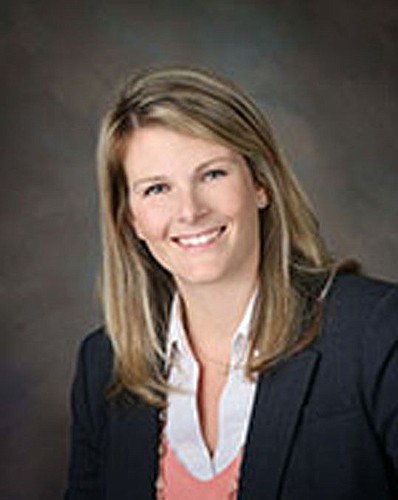
Customers who buy electricity from JEA are headed toward a new way to be billed for the kilowatts they use.
But it will be some time before most of the utility’s more than 400,000 electric customers will be able to enroll in the demand rate program.
The first public hearing on the new rate plan was scheduled Tuesday by JEA’s board of directors for noon Feb. 21, setting the stage for a 150-customer pilot program to run from April through the end of the year.
By enrolling in SmartSavings, customers will pay for electricity based on rates that will allow them to reduce their monthly bill – if they avoid using large amounts of electricity at any given time, particularly during periods when the demand is highest.
The benefit for JEA is if more customers use electricity carefully in terms of system capacity, the existing generation capacity won’t have to be expanded. That will control capital costs and avoid adding additional debt service, which likely would lead to higher base rates for electricity.
“The cheapest megawatt is the one we don’t have to build,” said JEA Chief Financial Officer Melissa Dykes.
She said a large part of the two-phase pilot program will be working with participants to determine the best ways to explain the new billing concept to the entire customer base and identify ways to make SmartSavings work for as many customers as possible.
Demand rate billing will be a fundamental change for JEA and its customers.
Customers currently are billed based on the amount of electricity they use and the cost of fuel used to generate that amount of electricity.
With SmartSavings, they will be billed based on how much demand their household puts on the system, Dykes said.
“Today, we pay based on how many kilowatt-hours we use in a month. The demand rate bill will more closely match what a customer costs,” she said.
The second phase of the pilot program will expand to 2,000 customers who will participate January-December 2018.
Board Chair Tom Petway wanted to know why the pilot program needs to last for two years.
Dykes said to be able to offer the program to all residential customers, JEA will have to expand its data management capacity and more customers will have to get “smart meters” that allow the utility to monitor consumption of electricity daily or even hourly.
In other business, the net metering policy that allows electric customers with rooftop solar power systems to sell electricity they don’t need in their homes to JEA is back on the board’s agenda.
When amending the policy was proposed last year, the solar power industry protested about the amount JEA was proposing to pay for the excess electricity as well as the transparency of the amendment process.
Kim Jowers, chair of the Northeast Florida Region of the U.S. Green Building Council, offered the organization’s help in facilitating the conversation between JEA and solar industry stakeholders as the net metering policy is amended.
“We want to ensure creation of a fair, reasonable policy that benefits everyone,” she said.
Peter Wilking, president of A1A Solar Contracting and a Gold Level annual sponsor of the local green building council, said the demand for residential solar power is growing each year.
He said a new net metering policy is “an opportunity for JEA to capitalize on distributed generation,” which is when JEA utilizes sources of electricity other than its own generating capacity to meet system demand.
Wilking supports adopting a policy that will benefit solar system owners and the utility.
“We view JEA as an energy alliance partner,” he said. “Please embrace the USGBC’s offer. JEA has nothing to lose by taking this path.”
Paul McElroy, JEA CEO, said finalizing a net metering policy is a “critical issue” that must be addressed within six months.
Under the current policy, JEA’s cap on the amount of electricity it can purchase annually from solar system owners is 10 megawatts, a limit that will be met as soon as July.
“We will work with the participants. We will listen,” he said.
(904) 356-2466